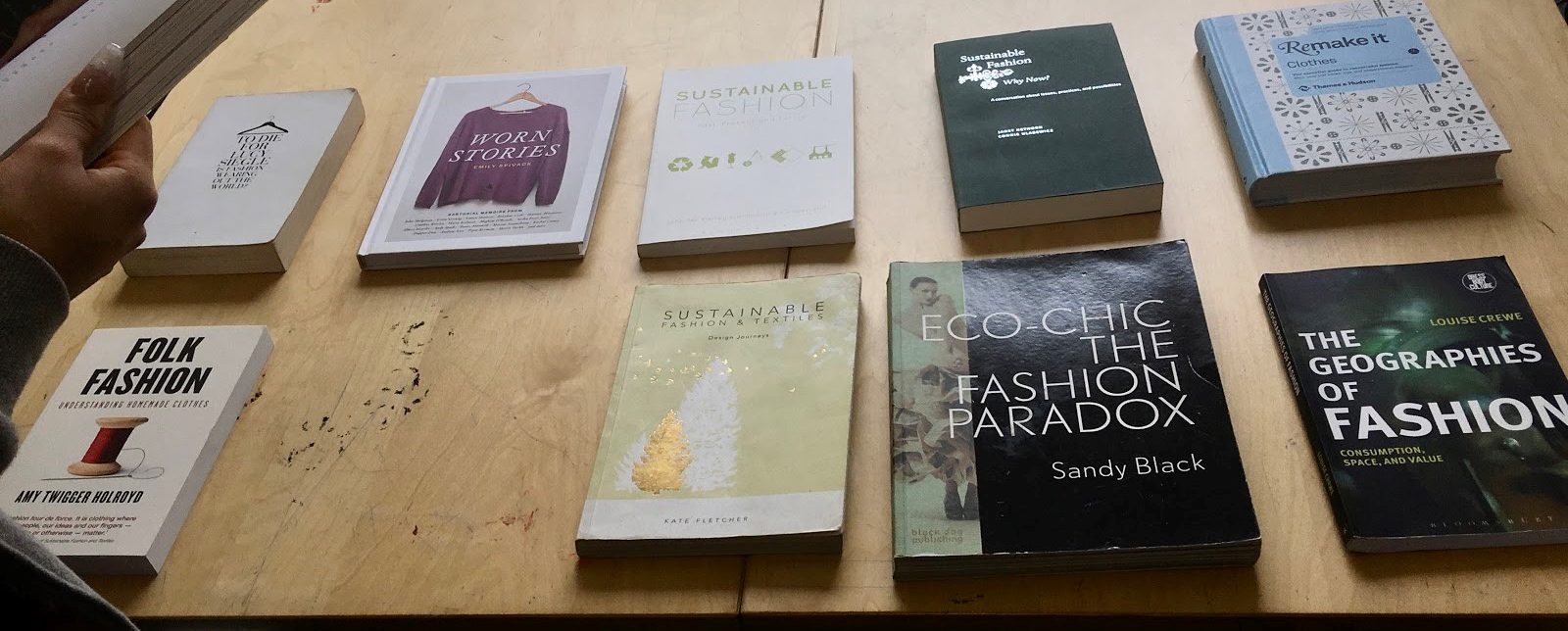Photo courtesy of Emma Beavins.
EMMA BEAVINS | OPINION REPORTER | ebeavins@butler.edu
At the end of September, the major retailer Forever 21 filed for Chapter 11 bankruptcy protection.
This came as a surprise to many people, given the prevalence and popularity of the brand. Others, however, were not shocked. Several tweets highlighted the strange stylistic choices of the brand, such as shirts with sequined tacos and dresses bearing the Cheetos brand logo.
While Forever 21 has long been laughed at for the strange sayings and confusing designs that are emblazoned on their clothes, it has been hailed as a mecca for cheap prices and recent trends. Forever 21 is also credited with beginning the “fast fashion” revolution.
Claire Mastrandrea, a sophomore actuarial science and statistics major, knows about fast fashion from working at Goodwill this summer.
“Fast fashion is when you buy something that’s cheaply made, and you wear it less than five times and then just toss it out,” Mastrandrea said. “Or it falls apart before you can wear it a lot.”
Stores like Forever 21, Shein, H&M, Kohl’s, Zara and Target all fall under this category. The common theme? Low quality, low cost — and on the unseen side of things: environmental damage.
College students are very familiar with these brands. I would even go as far to say that most people on campus have a piece of clothing from one of these stores. The reasons are not hard to deduce.
Taylor Dickerson, a junior history and political science double major and a member of Butler’s Green Council, has multiple theories.
“It’s the most in style, it’s really cheap because the stuff is cheaply made,” Dickerson said. “[People think] this is a fun thing that I can only wear when I’m this age.”
Moreover, both Mastrandrea and Dickerson agree that social media plays a big role in fast fashion. In a world increasingly centered on postable moments, there is pressure to always look unique, especially in college. Between sorority formals, themed events and parties, women face pressure to always look in style.
“If you’re going to a party or going to the bars, you’re probably not going to repeat your outfit,” Dickerson said.
Social media further complicates the situation with advertising. How many times per minute spent on social media do you see an ad for a piece of clothing? As if looking at pictures of other people’s trendy things was not enough, now we are inundated with the next best thing, and the ability to buy it quickly and cheaply.
“Instagram is getting so good at advertising to people,” Mastrandrea said. “When you see it enough times you break eventually.”
Dickerson asserted a similar idea, saying that not only are items prevalent in your feed, but the items are now cheap enough that even college students can afford them.
And why would we not buy them? The stress of school is enough to make that impulse buy tempting as all get out. Bored in class? Feel a rush of relief as you buy a new shirt and patiently wait for that two-day prime shipping. Feeling bogged down from arm-loads full of O-Chem homework or a bad test grade? Buy those fun pants!
We combat the bad feelings of school with new purchases and the rush of that email from the front desk of your dorm saying “you have a package.”
Trust me, I am not above any of this.
Our guilt about over-consumption is easily assuaged by Goodwill. It’s easy to buy another new shirt when you think you can just donate the “old” one. While I have taken many a trunk load of clothes and knick knacks to Goodwill, I didn’t realize the problems Goodwill faces daily.
Goodwill is routinely so over-stocked with inventory they have to throw things away.
“At some points the store would be so full they would be like ‘Claire, go out there and pick out the things that are ugly that people won’t buy,’” Mastrandrea said. “And I just had to throw away things that even though it was like no stains, no rips, but it probably wouldn’t leave our shelves.”
So, us consumers are left with a seemingly unfortunate reality: we have to be responsible with our purchases. The burden of responsibility cannot just be shifted onto second-hand retailers like Goodwill and Plato’s Closet, because the majority of donations end up in the landfill anyways. Thus, only through buying less clothing and by largely avoiding fast fashion retailers can we slow the amount of textile waste.
It is not realistic to think we will never buy a new clothing item again, and we should not set that standard that we will ultimately fail to reach. However, I think it is realistic to pause for a few moments before we make an impulsive purchase. Stop and think: will I really wear this for more than one month? Six months? One year?
With the holiday season quickly approaching, I know how tempting it can be to buy that new shirt that is the perfect fall orange or a new ugly Christmas sweater. But I want to challenge you to look harder at the clothes you already have: how can you style your plain black tee in a new way? Think layers, cardigans, scarves, vests — try something new and interesting. Fashion does not have to be an anxious practice in consuming the newest trends, and we all know the reality is that by next holiday season, we will not wear the new sweater again.
In the world of postable moments, I know it can be challenging to wear the same things over and over. However, I can almost guarantee you that no one will notice if you post multiple pictures in the same pair of pants. And if they do, embrace it! It is not a crime to have a favorite outfit.



